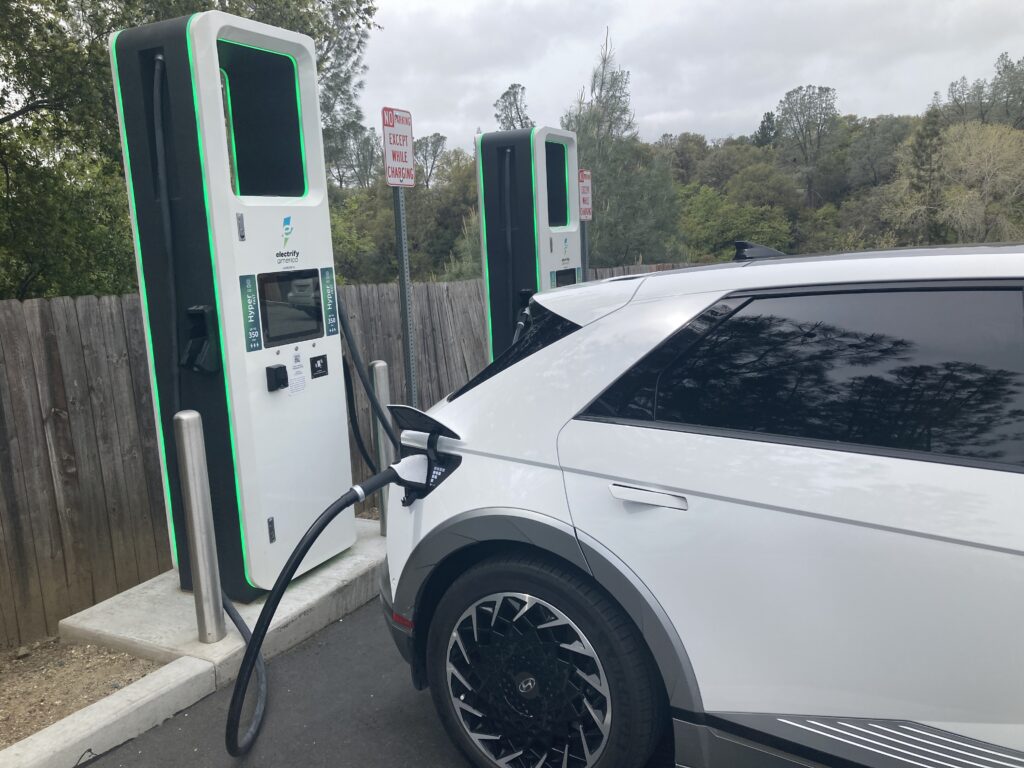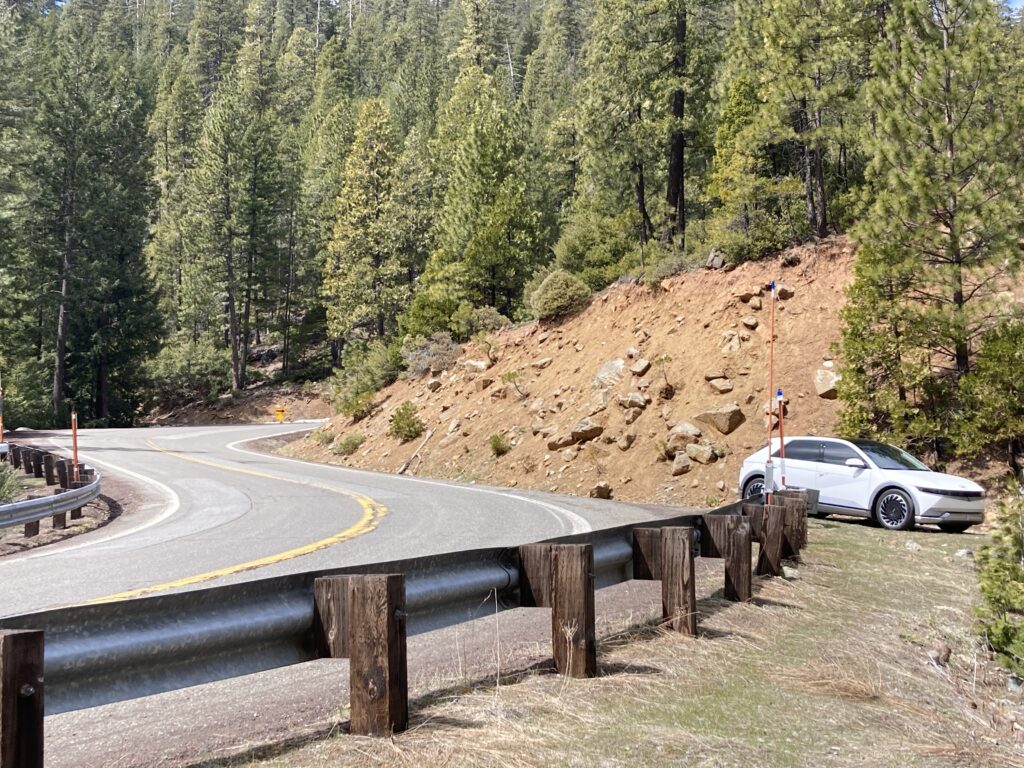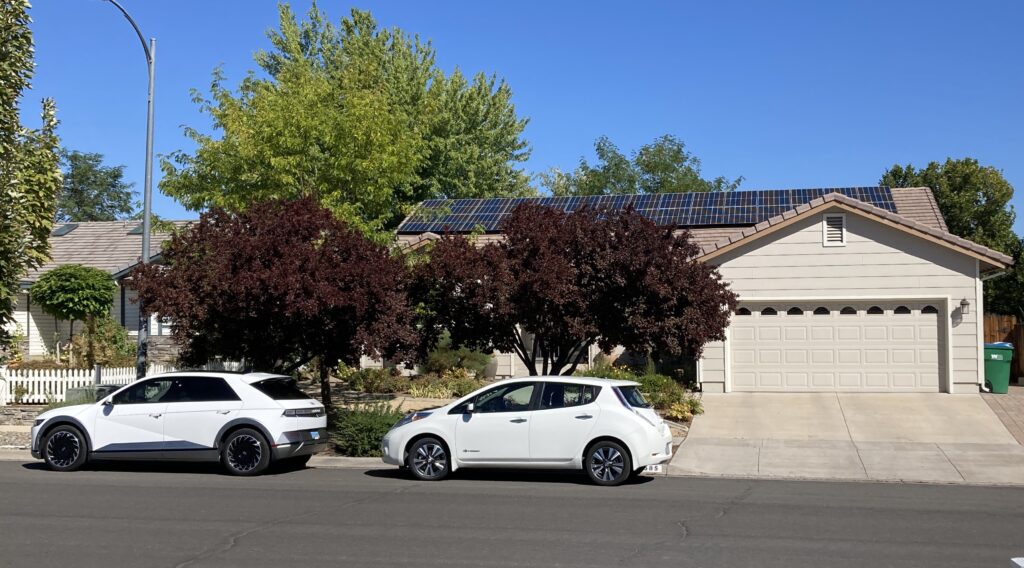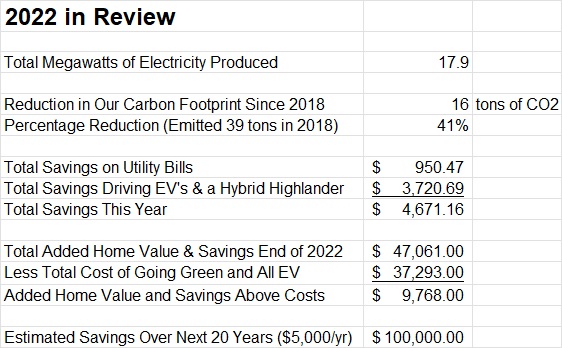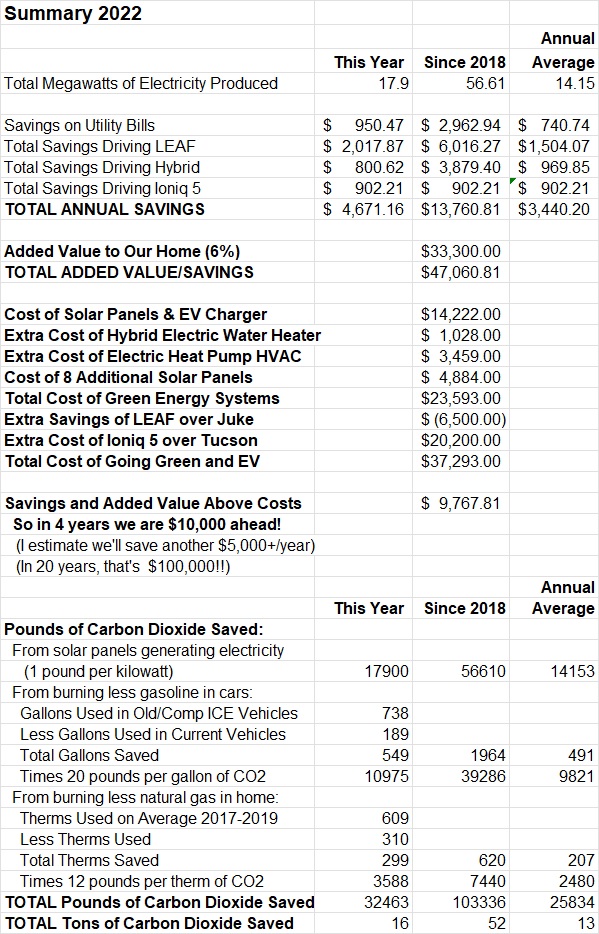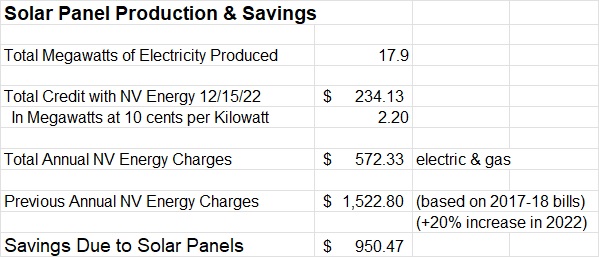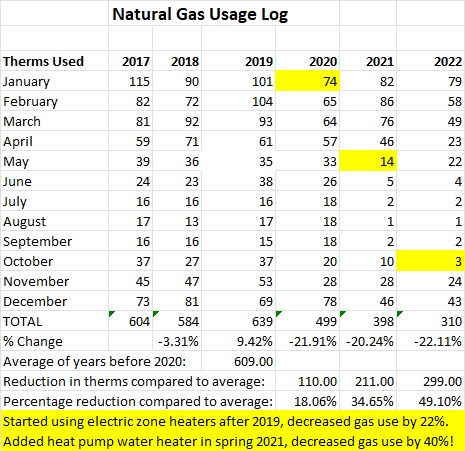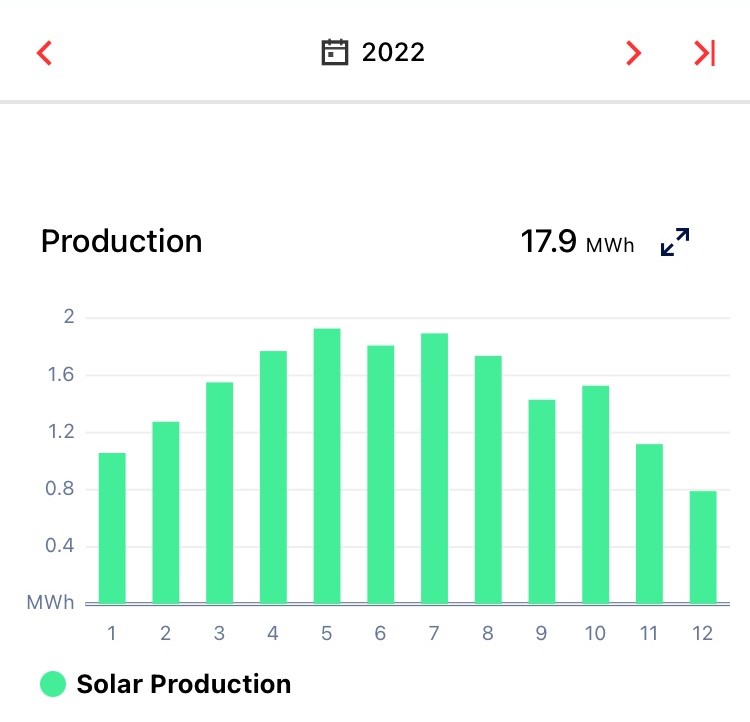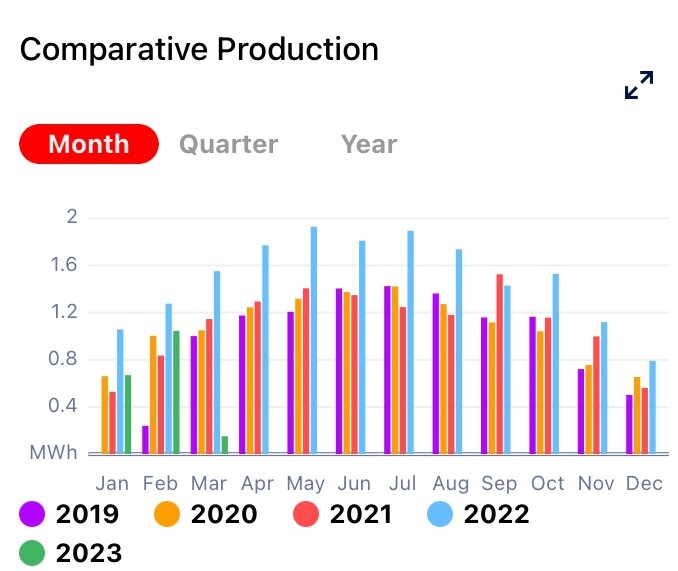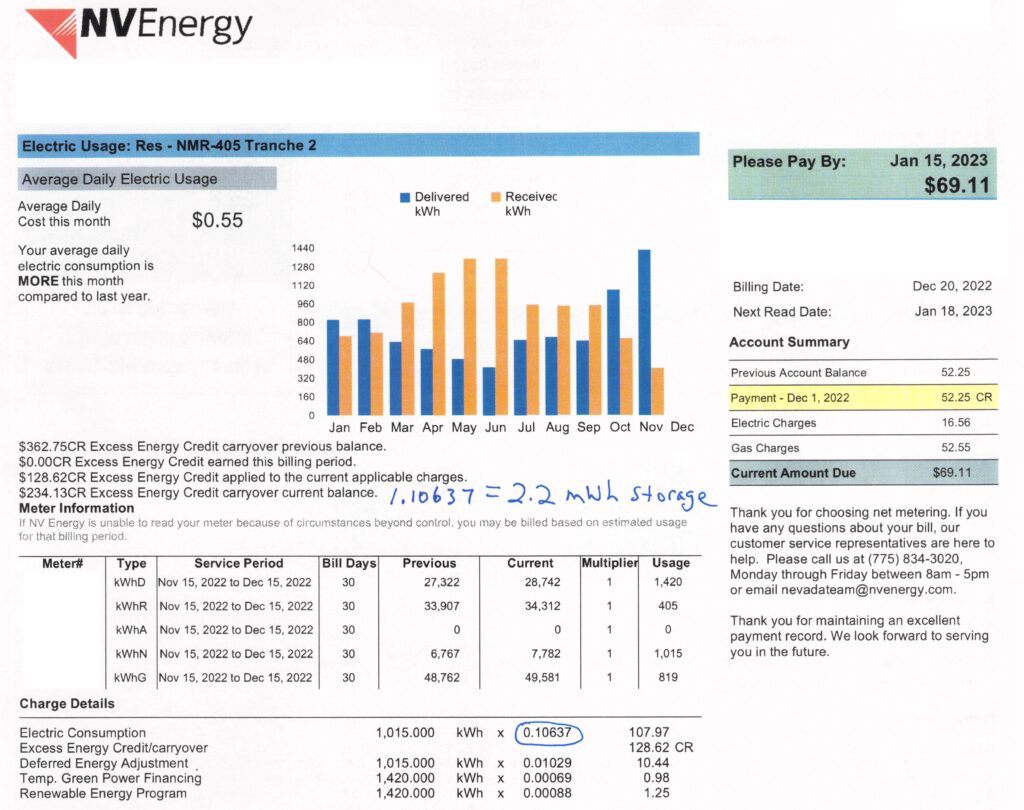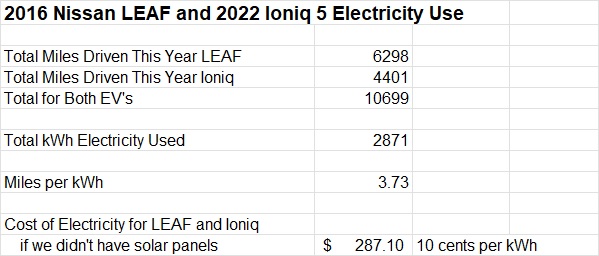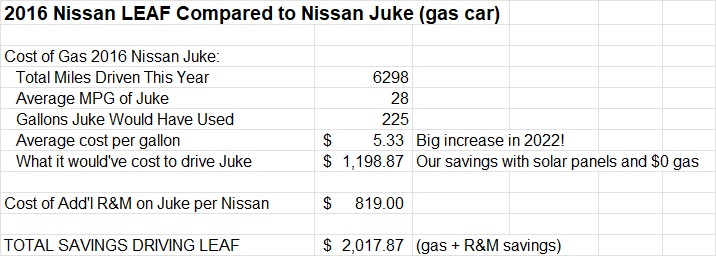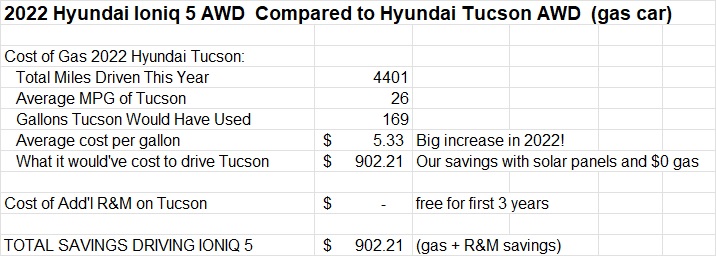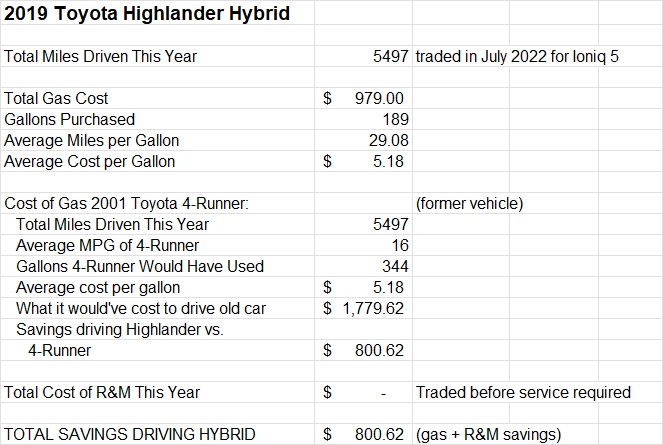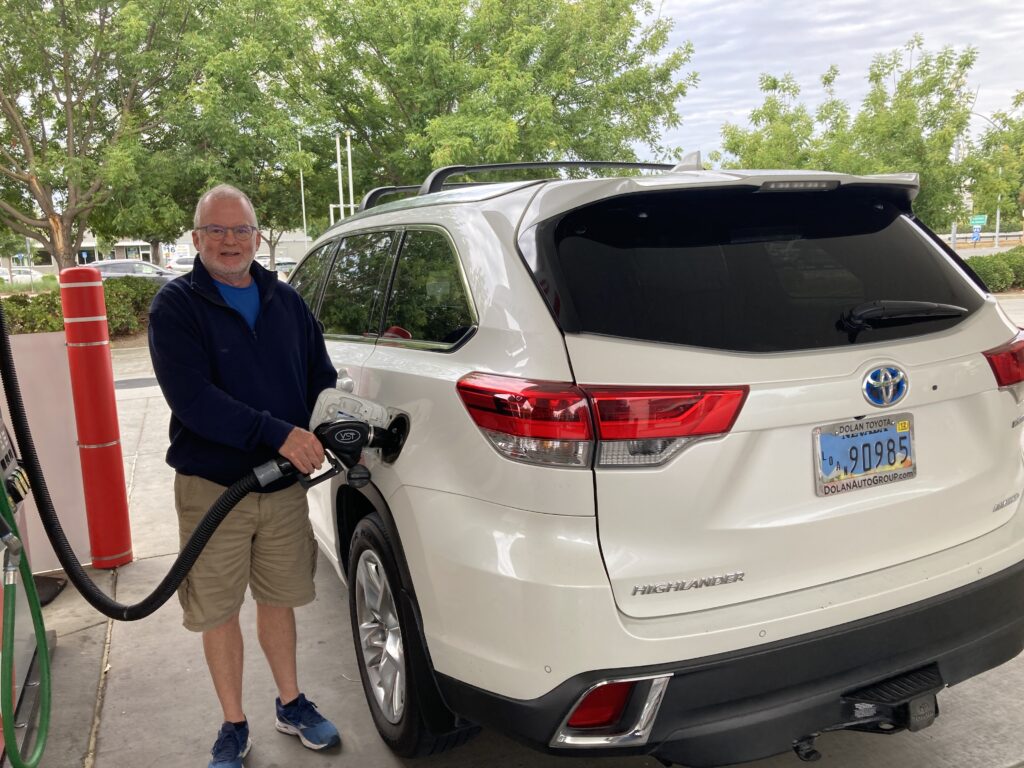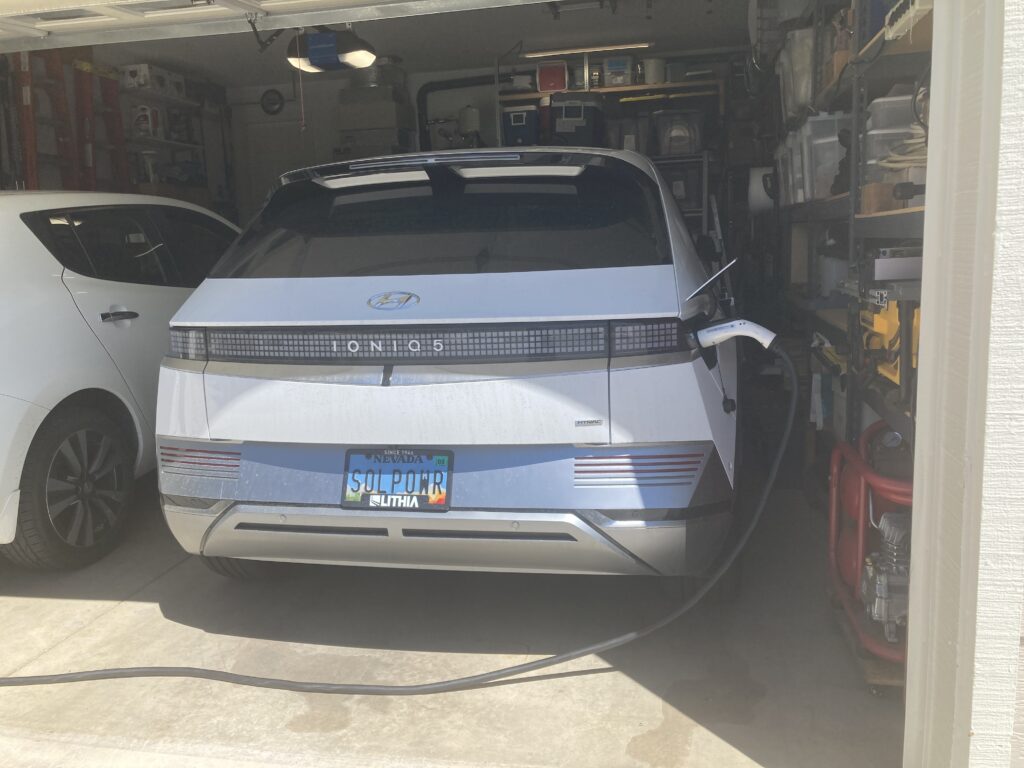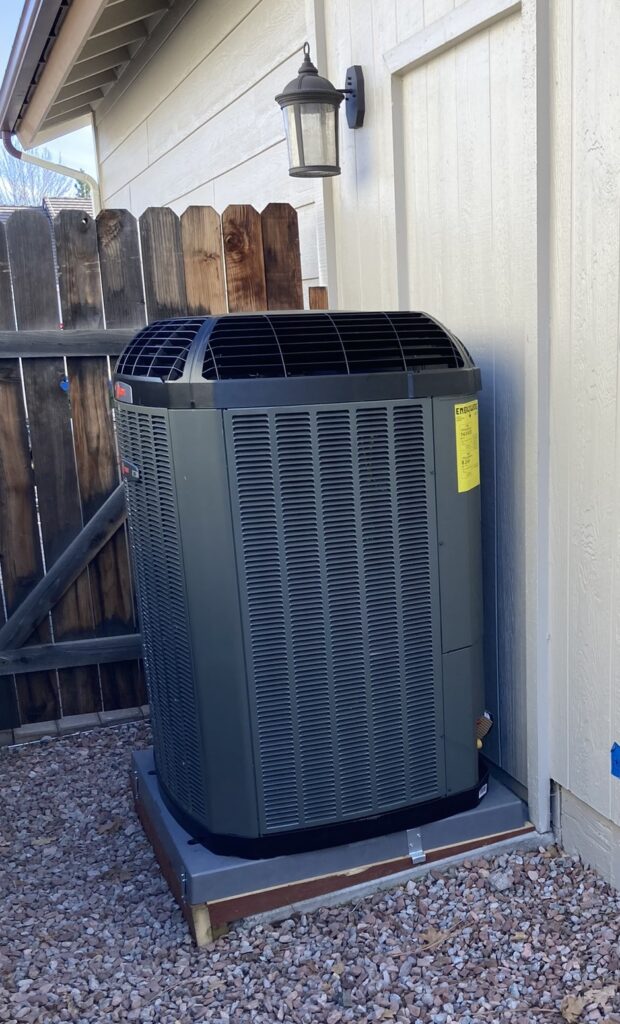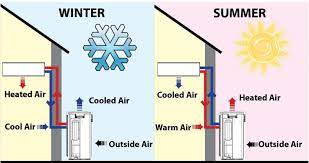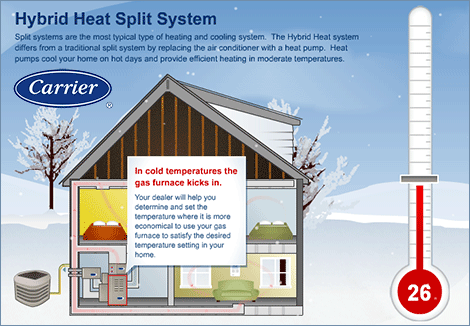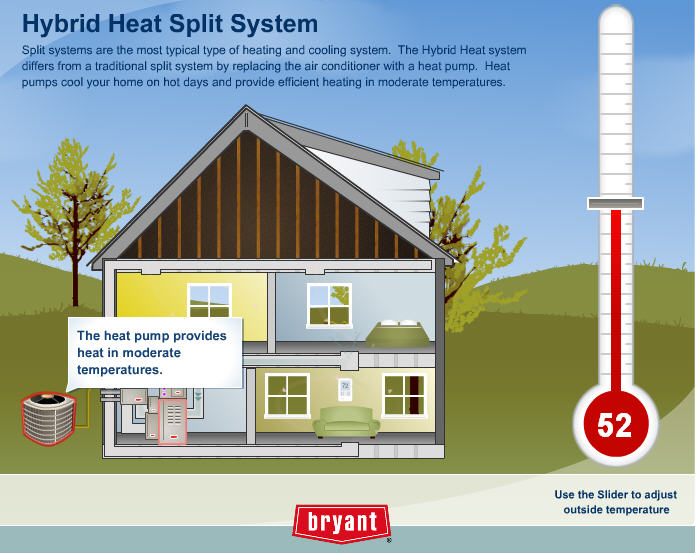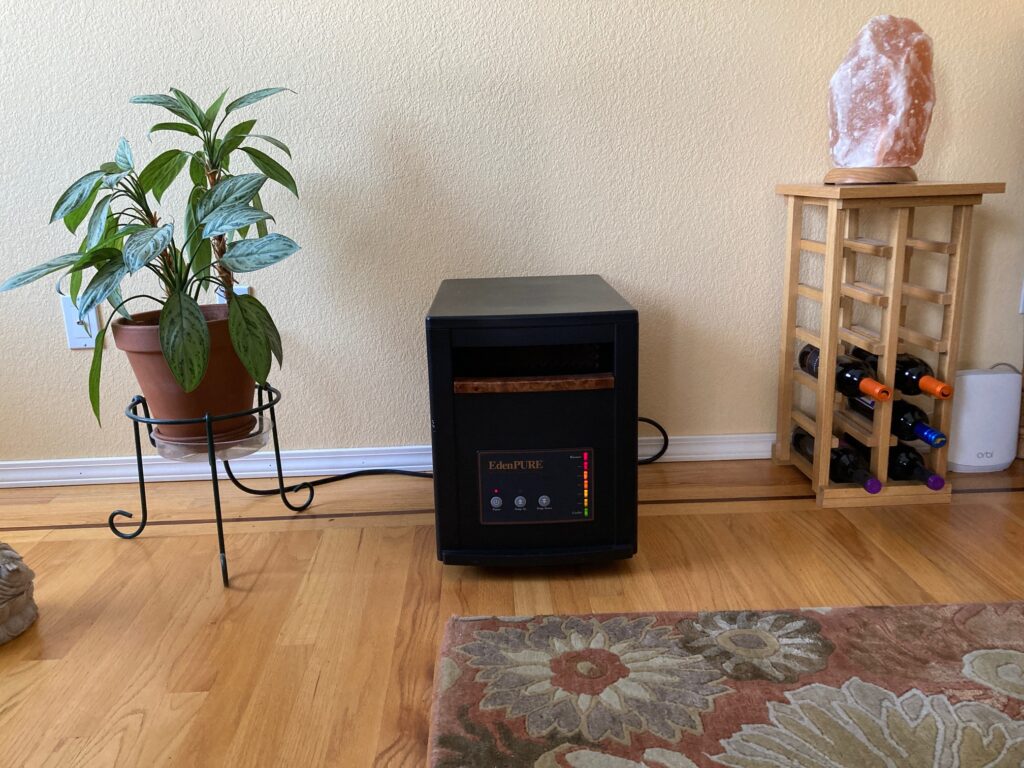In March I went on a retreat to Graeagle. My friend, Peggy sent along The Book of Joy by the Dalai Lama and Desmond Tutu. What an amazing teaching this book was for me during my sacred time! It was exactly what I needed. Before my retreat, I had been feeling increasingly hopeless about the future of humanity and all of our relations that share this planet with us. This is a familiar issue for me and one I’ve blogged about before.
Quickly I was absorbed into the worlds of these two great spiritual leaders who have faced grave struggles for their own lives and the lives and wellbeing of their people. They have overcome suffering beyond anything I can imagine. Yet they are joyful, funny, playful, loving and share a very close friendship with one another. I love the photos of the two of them that are scattered throughout the book. Their expressions exude the joy and spiritual radiance they have cultivated inside themselves. The Dalai Lama makes the point that no one would be inspired by their spiritual practices if they were both sourpusses! The book came out of a week together in 2015 when Desmond Tutu visited the Dalai Lama for his 80th Birthday. Together with Douglas Abrams (writer and editor) they endeavored to create The Book of Joy as a gift to humanity.
I was interested to learn that the question most readers wanted them to answer was: How could we possibly live with joy in a world filled with so much suffering? My dilemma exactly! They both find that joy can exist alongside suffering and sorrow. They point out that suffering is part of life and often brings opportunities to grow more mature emotionally and to develop compassion and practice forgiveness. The Dalai Lama offered a practice from an ancient Indian teaching: “If there’s no way to overcome tragedy, then there is no use in worrying about it. If something can be done about the situation, do it. If nothing can be done, what use is there for being dejected?” It reminds me of the Serenity Prayer.
They both share a common secret to the cultivation of a joyful life: Seek joy and happiness inside, help others, be kind and compassionate. In other words, it’s an inside out job, not the other way around. We are quick to seek our sources of happiness outside ourselves (jobs, stuff, money, romance, etc.), but the fount of lasting joy is within.
Desmond Tutu points out that joy is bigger than and includes happiness. It is not dependent on external circumstances. He encourages us to be “a reservoir of joy, an oasis of peace, a pool of serenity that can ripple out to all those around you.”
They agree the best way to do this is to reach beyond our focus on ourselves and help others, but not to the point of harming ourselves. Our compassion must include ourselves as well as others and all our relations. We are all in this together. When we are suffering, so are many others. Tutu spoke about “ubuntu”—an African concept that means we all need each other and are all connected to one another. We all want a happy life and to love and be loved.
They share a common view that people are basically good and that, as a species, we are getting better with time. We are encouraged (like the redwood trees once encouraged me on a retreat) to remember we are young and still have a lot to learn, that we are “masterpieces in the making.” Tutu reminds us it is important to see things with “God eyes” and the Dalai Lama encourages us to look at a situation from a variety of perspectives before reacting/responding. This fits with the Quaker concept of “seasoning”.
The book has two main sections on the obstacles to joy and the eight pillars of joy. At the end, there is a very helpful section of practices to develop inner, lasting joy.
The Obstacles to Joy
The obstacles include fear, stress, anxiety, frustration, anger, sadness, grief, despair, loneliness, envy, suffering, adversity, illness, and fear of death. I use this section as a reference when I am experiencing one of these states and need some help to move through it and back into peace, joy and hope. The first step is to accept the reality of suffering. However, it is also important to see that much of our suffering is created by the attitudes and thoughts we have about a situation. This is the place where we can learn to observe what is happening in our mind and choose a different path.
This part of the book is full of wisdom and insightful suggestions for how to move through the obstacles. Tutu makes the point that often we need to feel our feelings and let them flow through us, but be mindful not to get stuck in them or let them lead our responses. The Dalai Lama is more cerebral and goes straight to working with his mind as the key to lasting peace and joy. In my experience, both of them are right—it’s helpful to acknowledge and allow our feelings, but then we need to step back and use our minds, heart and intuition to determine the highest and best response.
The Eight Pillars of Joy
The eight pillars of joy are divided into the four qualities of the mind: perspective, humility, humor and acceptance, and the four qualities of the heart: forgiveness, gratitude, compassion and generosity. Through cultivating these qualities, we can live increasingly in a state of joy and share that with others.
Perspective: Try to see situations from all viewpoints and through the “eyes of God”. Your viewpoint is only one amongst many, don’t get too attached to it! Move from “I” to “we”.
Humility: We are all equal and interdependent, yet we all have our gifts to give. Give them with confidence and be humble, willing to learn and admit/correct mistakes. Encourage others to give their gifts. Know when to step back and let others shine.
Humor: The book is filled with examples of the two of them teasing and laughing with one another. Douglas, who compiled and edited the book, has come to see that humor is a hallmark of advanced spiritual development and these two have honed it to a fine art! They remind us that laughing at our shared humanity, vulnerability, foibles, and frailties helps us deal with the uncertainties and harshness of life.
Acceptance: It is important to accept reality as it is. Tutu recommends accepting what is and asking how do we make something positive of this situation? (the philosophy underpinning Truth and Reconciliation after Apartheid) The Dalai Lama encourages us to work toward a goal, vision, intention without attachment to the outcome, a primary teaching of the Buddha.
Forgiveness: Forgiveness releases our anger and hurt and allows us to move on. It doesn’t mean condoning bad behavior-sometimes we need to make a stand, set a boundary, do what is necessary to stop harm. Don’t lose sight of a person’s humanity, while responding with clarity and firmness. Decide if you want to renew or release the relationship.
Gratitude: Be grateful for the abundance of your life, see wonder in your day, savor and enjoy. You can even be grateful for people, conditions, and situations which challenge you or cause pain, as they are precious spiritual teachers.
Compassion: Move from I to we, from control to caring. When we open our hearts to others, we relax and have joy. We are wired for altruism; it is how our species has thrived. It is also important to have compassion for ourselves and to practice good self-care. Acts of compassion have a ripple effect extending to our friends, their friends and beyond.
Generosity: When we give, we receive. Giving of ourselves and fostering a sense of purpose leads to greater well-being for ourselves and others. Tutu reminds us that we are just stewards of wealth and possessions. It is a joy to give to others, a joy that comes back to us, and brings us full circle together.
In Conclusion
This book has been the gift to me that it was intended to be. I encourage you to read it and work with the practices at the end of the book. Together, we can create more joy, love, hope, and peace in a world that needs these gifts.
Here are some fun, short videos:
Interview by Douglas of The Dalai Lama and Desmond Tutu on their friendship:
CBS Sunday Morning interview: https://www.youtube.com/watch?v=mfys2mEtUqY&t=4s
Interview of Douglas Abrams who compiled the book: https://www.youtube.com/watch?v=MDNecvT5miA&t=121s
